
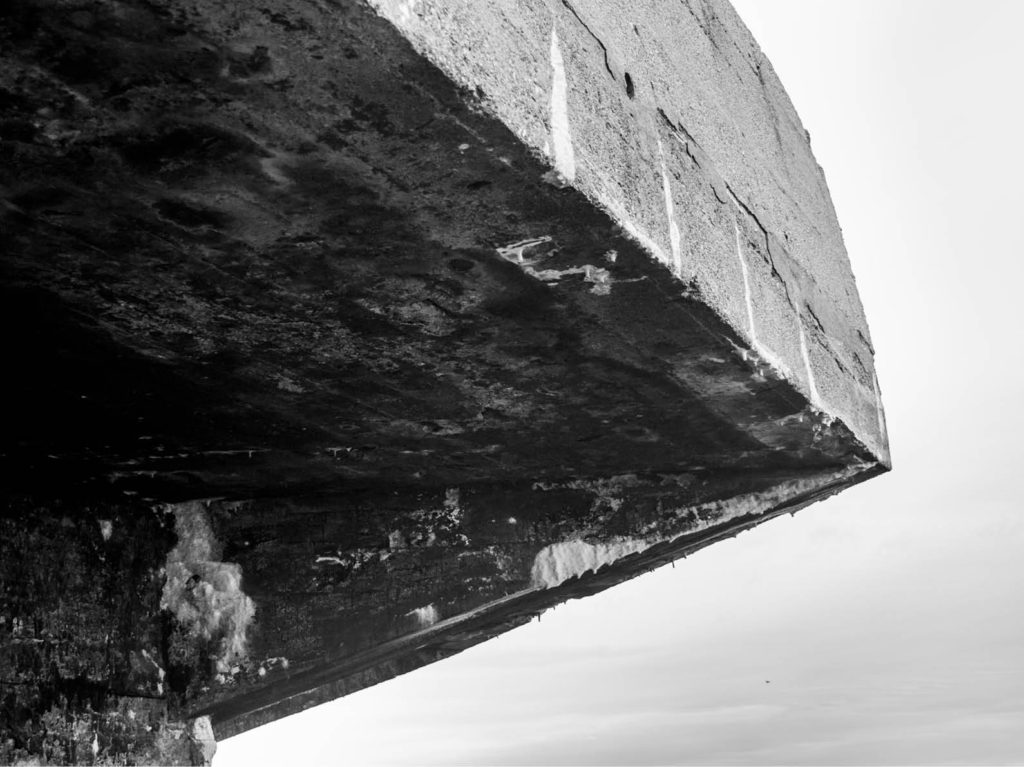
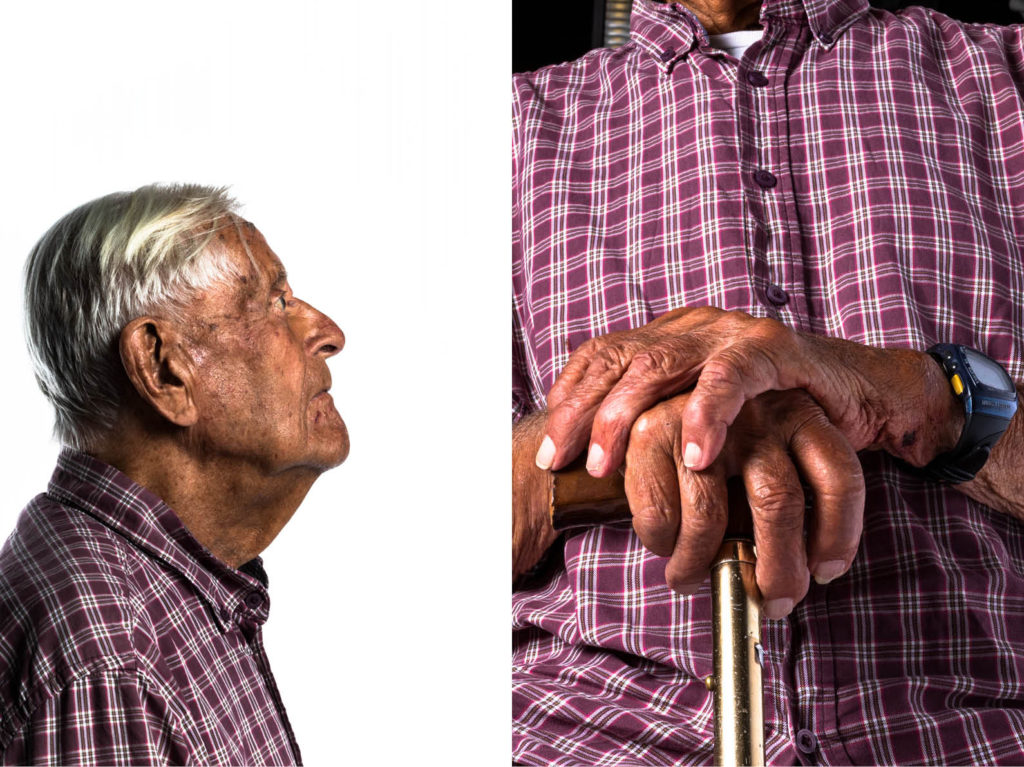
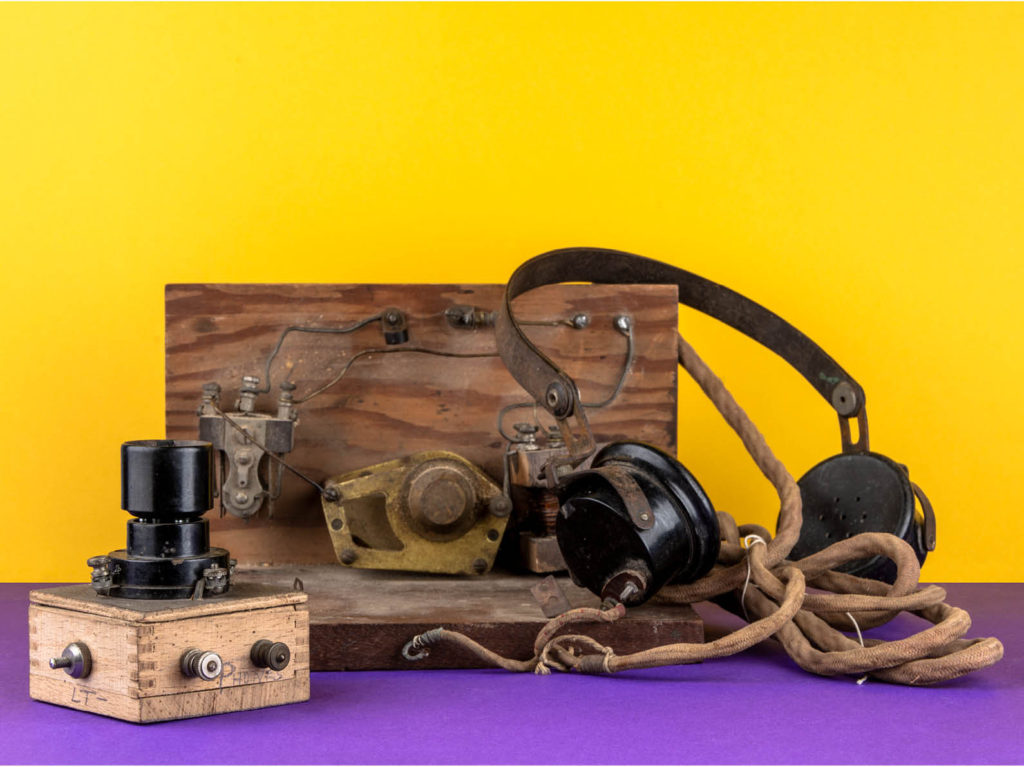
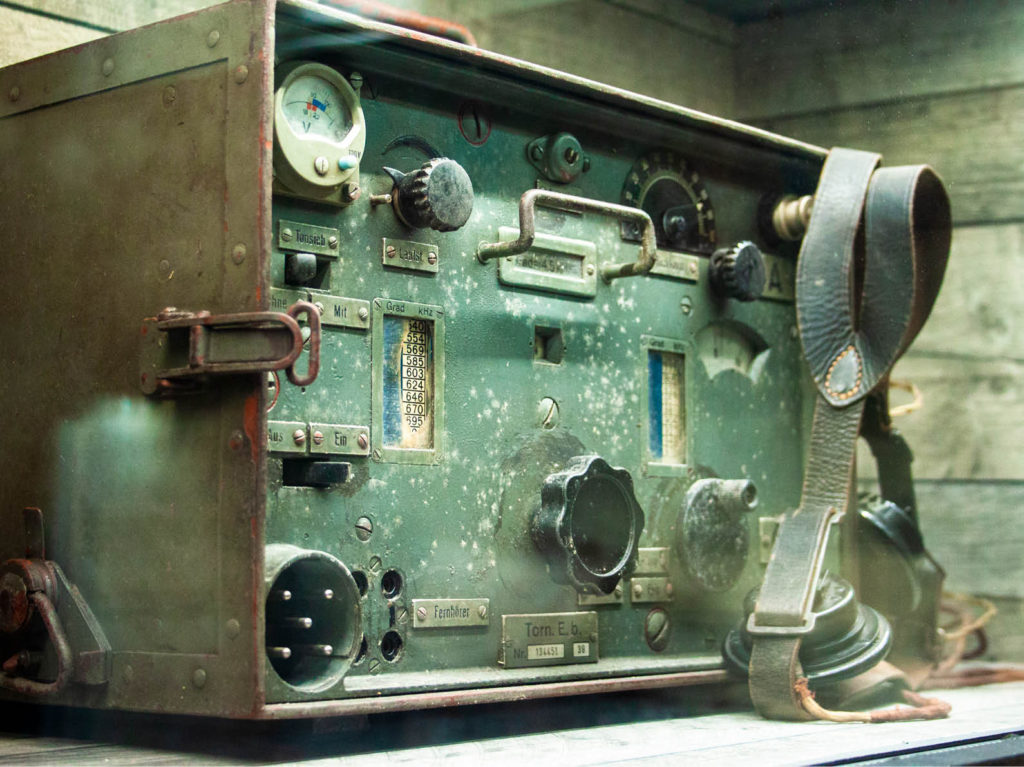





For my personal study, I am going to be working mainly with people and objects as I want to tell a story of the evolution of my family and I. After taking these images, I will compare them to images I have found on the upbringing and history of living in other country who are in poverty or less fortunate than myself. This is so I can see the different of life now for me and for someone the similar age as me, with different upbringings. I will also compare this too how different countries that are facing war currently in the 21st century and compare that to my life and even the life people lived during the German Occupation in Jersey. I will then experiment with different aspects of my shoots and I hope to create montages from the images gathered by myself.
Adam Ethan Berner
Burner has many different projects, one main of the projects I am going to focus on is; Making A Family; The History and Theory Behind Family Photos. I feel that this project links in well with occupation and liberation, as Burner is documenting his family history by creating a personal archive. Below are some of his images from this project;
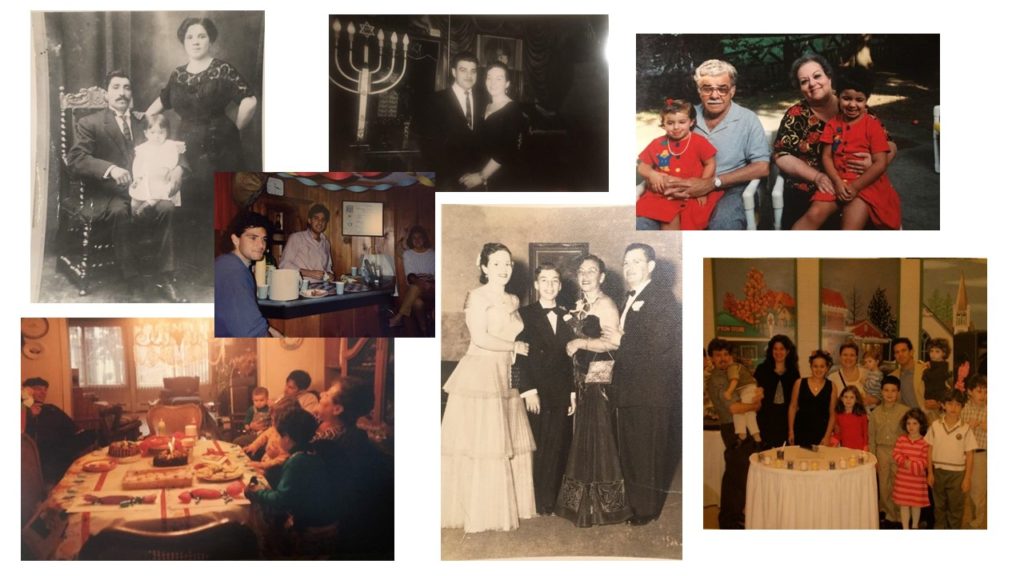
Using the following link, I was able to access information from Burner that he had wrote up himself, along with his original images. Burner’s work from this project is mainly analysing and documenting old family photos and showing how people have grown up. Burner states that ‘family photos adorn the walls of homes. They are the last things before and after we sleep, and living rooms for guests to see. They remind us of our kin and loved ones. The photos reinforce what the idea of the family is as the images create an idea of what normal family life is like.’ Burner also states that ‘Underneath the image of a smiling face, the text of a missing persons sign reads, “Have you seen me?” The most important part of a government-issued identification document is the photograph of the person to whom it belongs. When one sees an unflattering photo of oneself, one doesn’t say, “The pixels that create a facsimile of my likeness are unflattering.” You say, “Delete that photo, I look terrible.’ https://museemagazine.com/features/2018/11/20/making-a-family-the-history-and-theory-behind-family-photos?rq=adam%20ethan%20berner

Technical; the lighting from this image would’ve come from the lighting around the room along with the flash on the camera, I can tell this because the faces of the subjects are slightly over exposed. The shadow present behind them could’ve been caused my the flash or the way the home lighting was angled. The tonal range within the image is little, this is due to the face of the black and white worn by the subjects being very normal and bold colors, yet neutral . The color temperature of the image is slightly on the orange side, this may be due to the fact the image was taken as cameras were just developed.
Visual; The texture of the image looks rough, due to the discoloration of it and the wrinkles within the image, from this texture you can tell that the image is old. The image its self is 2D, but due to the shadows behind the objects and the angle they are standing you can see a 3D affect. The composition of the image has a layout of four individuals stood side by side next to each other, two males and two females who are dressed in smart attire. Immediately, I am drawn to the women in the white dress, this is because white stands out over the black and orange background.
Conceptual/Contextual; Burner used this image due to the fact to show his family history, the meaning behind it is documenting family photos, however, as suggested by Burner ‘photos aren’t always taken’ so when they are it is a memorable moment, so in the future that moment can be remembered.
Laurie Simmons
Simmons is an american photographer who tends to delve deep into the portray of gender rolls, one of her main projects interesting me being Big Camera, Little Camera, where she associated things she has grown up with, mainly dolls with things from the present day such her house or her work, but her work is also a symbol of gender roles.
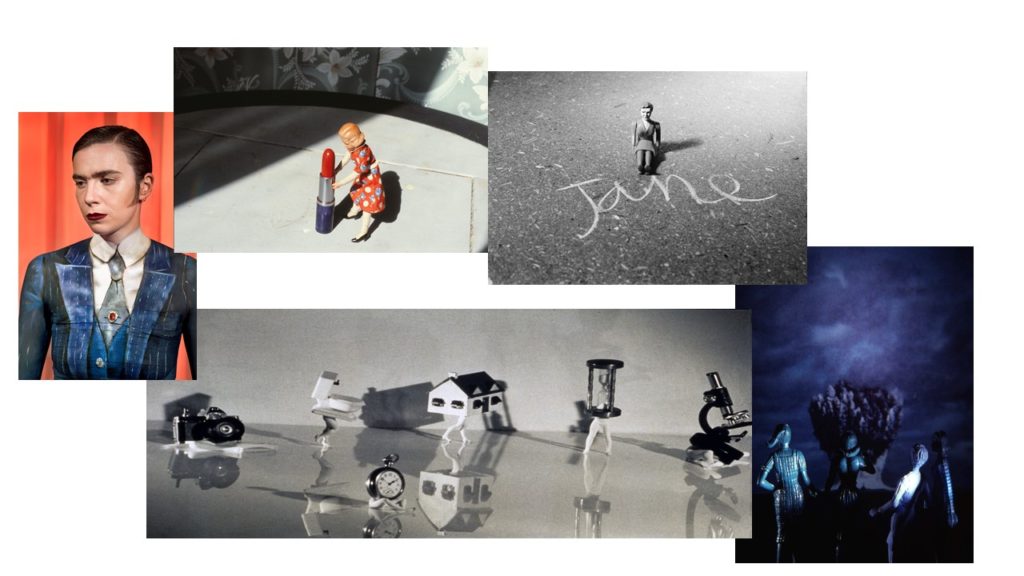
Through a review done my Adam Burner he said; ‘Throughout the collection of photos, one can see the ways in which Simmons’ career developed as she plays with scale, staging, and the borders between reality and fiction.’ here he is saying that his lady he has researched about is showing her evolution and how she grew up will dolls, and Burner’s photography is now portraying them as reminders from her past along with associating them with things of the present, such as her home/job. I researched more in detail about this project using the following link; https://museemagazine.com/culture/2019/1/8/book-review-laurie-simmons-big-camera-little-camera?rq=adam%20ethan%20berner

My personal investigation will focus on the attatchment and bond that I have to the people in my life, and places I associate with memories or themselves. I will be focusing on the strengths of relationships, my parents have a very healthy and harmonious which I believe influences the healthiness of my relationship with my boyfriend. I will be investigating the complexity of families, my mothers side of the family is very close, they're from the north of England which tends to have large families. My fathers side however is a lot more cold and detatched, however, as time has passed some family members such as my grandfather hav realised that time is precious,leading him to try to rekindle relationships. On the topic of relationships, I want to focus on the vulnerabilities of relationships. I want to focus of the vulnerabilities of me and my parents, me and my siblings and me and my boyfriend. To capture images of my family, friends and boyfriend I will be using a realism approach. Realism is more documentative photography. I believe this will be the most suitable approach to capture my family as I want to capture certain moments of time. I shall also be including archival images into my personal study for example a photo of me and my family at Greve de Lecq beach as a child. That moment in time is a monumental image that has stuck with me. That image is a realism image and I want to revisit Greve de Lecq to display my attatchment to the place and the memories associated with it. I am also going to focus on particular places that I associate with certain people and memories. One of my photoshoots will be a visit to Greve De Lecq beach as I associate it with a certain moment in time when I visited it with my family. I want to take photos of the sea as when I think of that memory I can hear the sound of the ocean and see it roll up onto the shore. To take these images I will have a slow shutter speed which will make the see look creamy and frothy. This will be a pictorialist approach which I think is suitable as although this is a clear m,emory, there are some parts that I don't remember as it was so long ago. I also want a pictorialist approach as I always paint the memory as an incredibly happy memory, so the dreamy photographic approach will reflect this.
” don’t kiss me”- The Art Of Claude Cahun and Marcel Moore
By- Claude Cahun and Marcel Moore
Tate Publishing- Jersey Heritage Trust
Edited By- Louise Downie (2006)
“The entire collection is available online at www.jerseyheritagetrust.org”
Quotes from Book
We went to visit the ‘Invisible Hands’ exhibition in the Jersey Arts Center. It is a series of photographs about the potato farming industry produced from the perspective of the workers themselves; all of the photos in this exhibition have been taken by them. This exhibition has a high significance as seasonal farming work has been an important part of the Jersey economy for over 150 years, yet their presence is mostly undocumented, limited to staged photographs by local media or marketing photos.
Through this the exhibition urges farmers to provide better living and working conditions for Polish and other immigrants working in their farms. One worker says ‘We work very long hours, sometimes 12 hours and sometimes longer than 12 hours, regardless of the weather – whether there is rain or a cold wind, we are still working, and sometimes we work on Sunday, which is not great for everybody.’ They work in very poor conditions for long hours all for minimum salary
As a result of this the project includes a list of eight requests to improve working conditions for Polish migrants, as shown in the below photo. Those eight points (requests made by the workers presented in the art project and displayed in the exhibition) include reforms to the health and social security system that currently mean workers are not eligible for benefits until they have been in the Island for six months, and improvements in living conditions and wages for those undertaking the most difficult jobs.
To add an artistic element to the list; the eight points have been written by an automated arm as shown below.
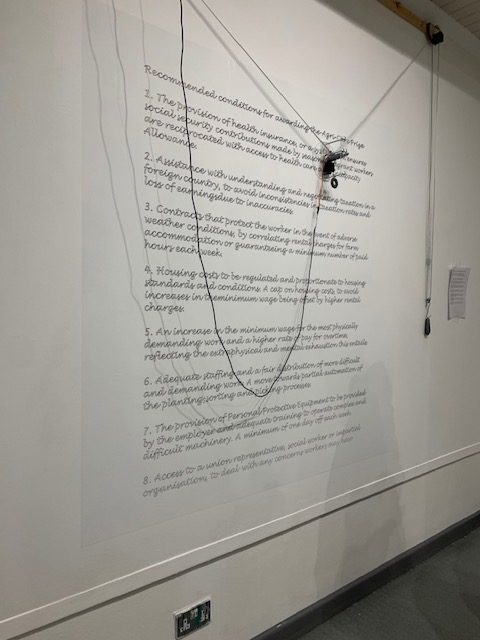
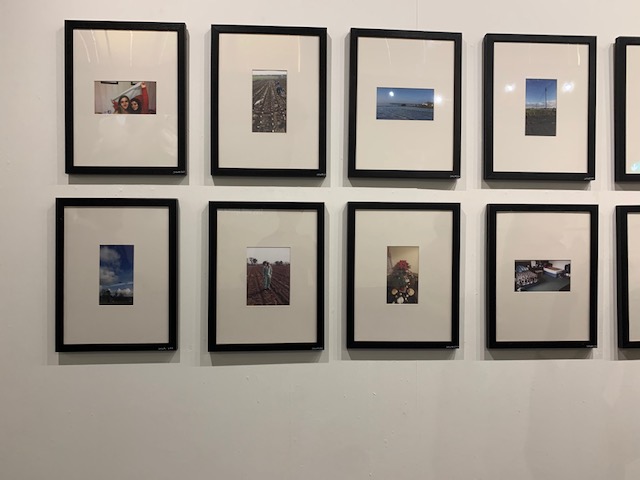
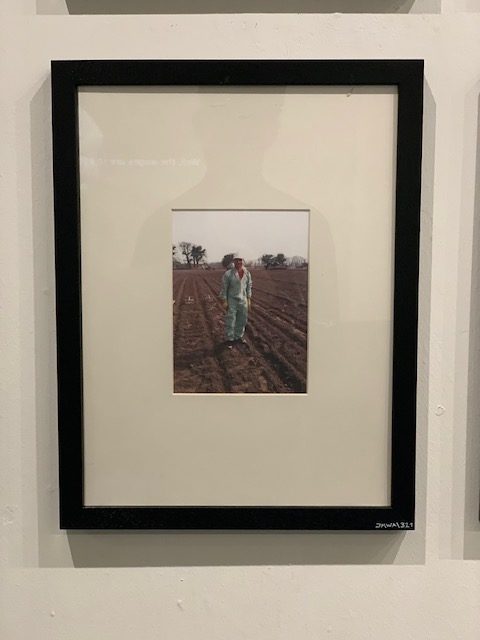
My personal investigation looks at my grandparent’s lifestyle and how it has been influenced by the time period they grew up in, the 1940’s. I have explored the influence of religion and spirituality, gender roles within the family structure and social norms during this time period which are still present in their lifestyle to this day. Appropriately, I chose the art movement of realism to influence the stylistic features of my imagery to create the narrative of my grandparent’s life style. Realism photography looks at documentary photography and photojournalism to capture life how it is, whilst occasionally raising social and cultural issues. With my topic being based in my grandparent’s lifestyle, I felt that using documentary photography would be the most appropriate to showcase this, thus drawing connections with realism. Moreover, my work is aimes to look at social norms and family structure, such as the wife being a housewife whilst the husband provides for the family, which illuminates social issues which still subtly influence today’s society.
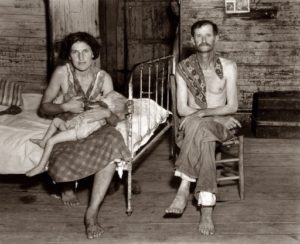
The art movement of realism and straight photography looks at creating imagery which showcase life how it is. The movement emerged in the 1840’s, which retaliated against pictorialism which suggests photographs have to look like a drawing or painting. Artists who work within this area look at raising social and cultural issues relevant within society at that time, in order to make the audience aware of this issue in hope something can be done to make a change, which presents the convention of social reform. This area looks at documentary photography and photojournalism to document the events which are occurring. Within this art movement artists stick to the original techniques of photography, the use of photography for science, to create detailed, sharp images showcasing real life.
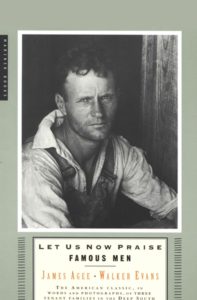
Walker Evans is a key photographer who has influenced my investigation through his ‘Let Us Now Praise Famous Men’ photographic series. In this he aims to document the lives of sharecropping families, those who are forced into labour which involves them having to look after the land and in return they gain a share of the crops produced on their portion of land. His work falls into the movement of realism, as the series produces imagery which showcase the families’ lives as well as drawing cultural issues at the time, with strong political views being produced from Evan. In addition, his work looks at capturing lifestyle, which is similar to my project, which enhances my understanding and approach to capturing the lifestyle of my family, which has allowed me to consider the conceptual and contextual elements in a new way.
Within my personal investigation I want to explore my families lifestyle and the interventions within this, with specific focus on my grandparents. I decided to capture my grandparents’ as they were raised during the 1940’s where the ideology of a traditional family existed, this will allow me to see if their lifestyle now reflects their lifestyle back in the 1940’s. A traditional family during this time was considered a structure which consists on a man and women, who are usually husband and wife, who have one or more biological or adopted children after they have been wedded. It also looks at the role of religion and spirituality within the family structure, and how it influences a families life style. In addition, within a traditional family during the 1940’s it was considered a social norm for the wife of a family to be a house wife and the husband to provide within the family, outlining gender stereotype’s within the family structure. Within this project I intended to capture imagery in the style of documentary photography, following the art movement of photo realism, in order to accuratly capture the life style of my grandparents.
For my first photoshoot; I believe it is necessary to explore my grandparents past and try and gain an understanding of their lifestyle when they were younger. In order to achieve this I intended to explore their photo archives of old photographs and documents they have stored at their house, whilst interviewing them asking about stories and meanings behind their archival material. This will give me an in-depth understanding of their lifestyle and will enrich my investigation with valuable detail about my grandparents which can influence the way in which I explore their current lifestyle.
One major aspect of their lifestyle is holiday seasons; every Christmas my grandparents will come down to my house as we celebrate Christmas, exposing me to their lifestyle. As a family we sit around the table and eat a traditional Christmas meal, dress smart and part take in activities such as watching the Queen’s speech every year. I intended to capture this to explore my grandparents lifestyle within big family events, as well as showing how their lifestyle has influenced their descendants.
My third photoshoot will capture my grandparents lifestyle in a naturalistic way through producing candid photographs. I intended to follow my grandparents around for a day capturing specific tasks that they do within the day, such as house chores, hobbies etc. This will give me an understanding of what their day to day life is like and how their upbringing has influenced this. In addition, I will also look at producing a video which captures this which work alongside this set on imagery, I intended to overlap this with audio of each grandparent explaining what their upbringing was like in terms of lifestyle.
For my final photoshoot I do not have a set idea on what I want to capture. I plan to capture a significant area of their lifestyle which I have not yet explored, in order to showcase a holistic view of their lifestyle. Ideally, I am wanting to capture more naturalistic imagery but may turn to artificial staged family photographs to showcase this. I believe after looking through my family archives I will have more of an understanding of what I am wanting to capture for this photoshoot.
Mind Map:

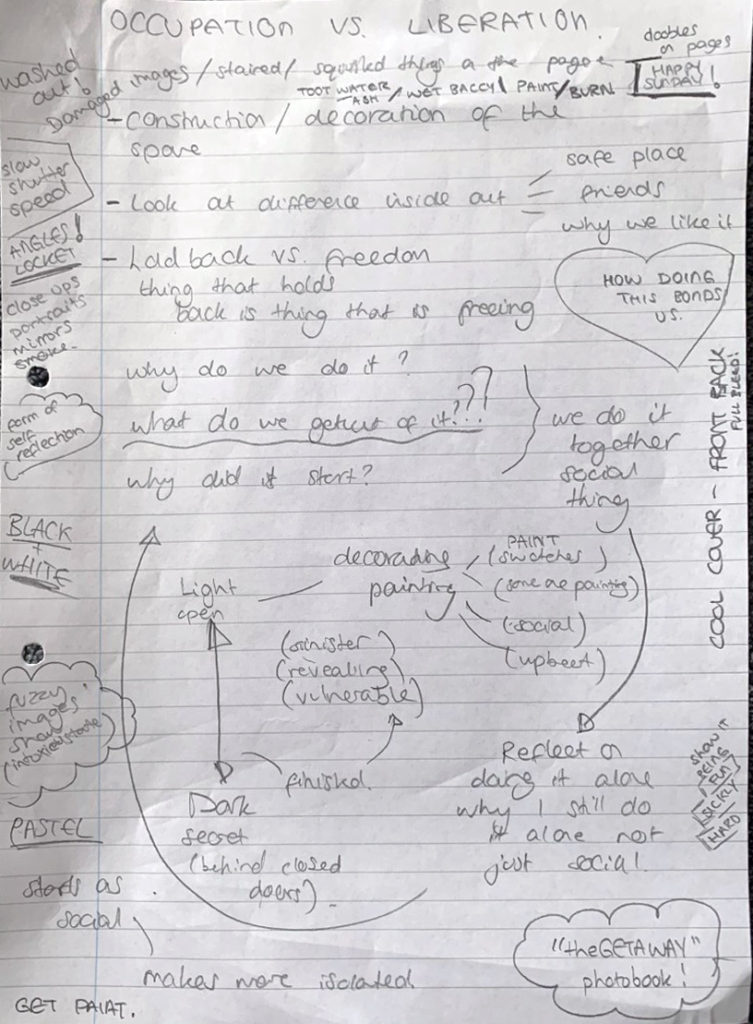
Mind Map:
This mind map explores different ideas which I would consider to be my main focus for my person investigation. With each idea made below I tried to link them back to the overall themes of Occupation and/or Liberations, as those themes are still the project title. Personally, I wanted to come away from looking at the occupation of Jersey, due to me doing it for such a long time, exploring different elements. I took the word Occupation and Liberation and looked at synonyms which allowed me to respond to the words in a more contemporary and artistic way, as well as ensuring I would be able to conduct multiple photoshoots to produce strong imagery relating back to the themes. My exploration is shown below:

Mood Board:
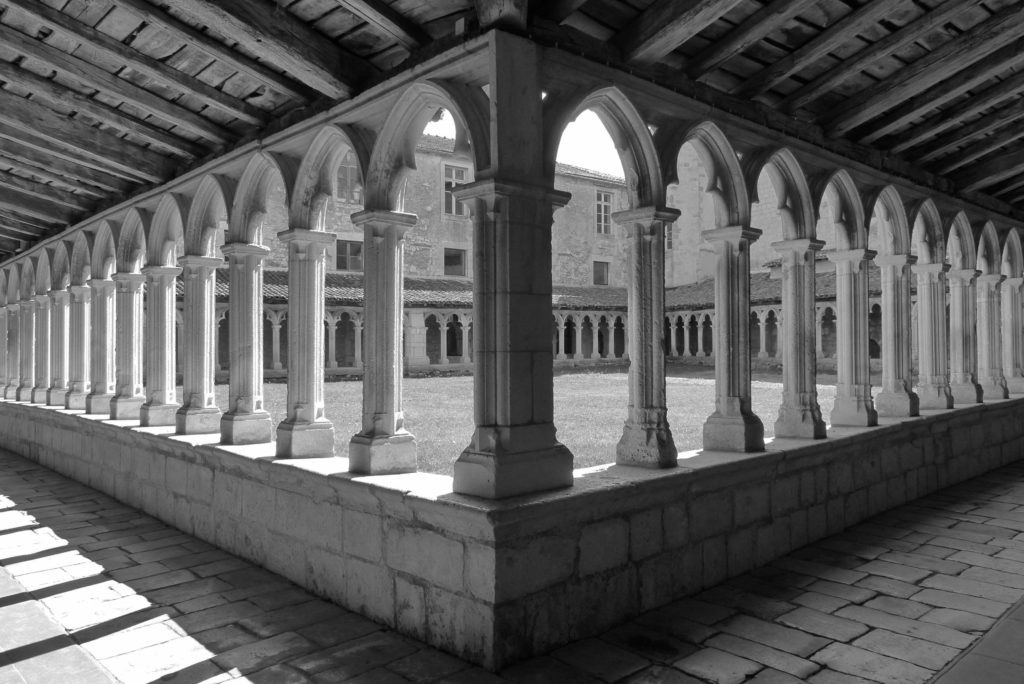
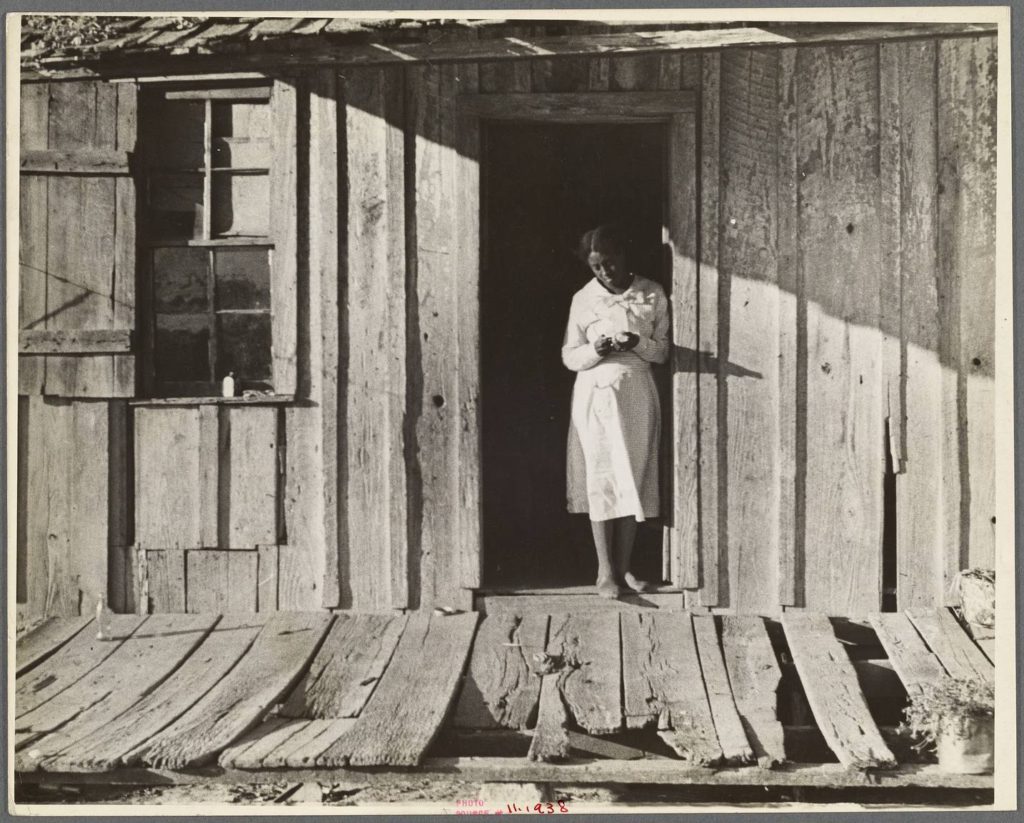
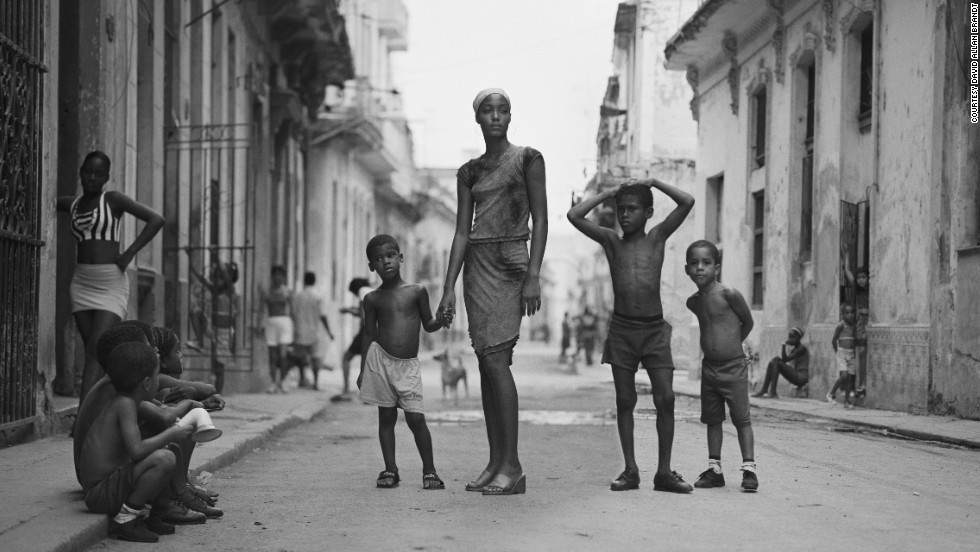

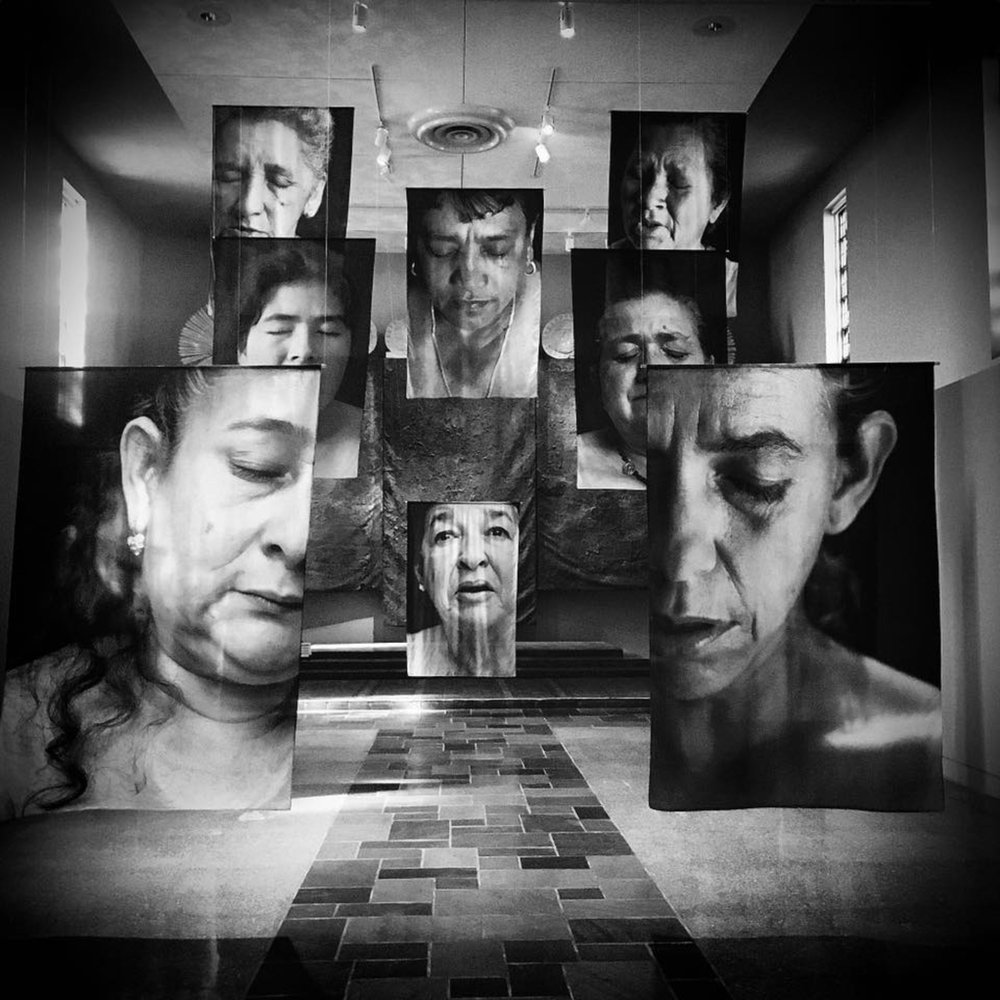
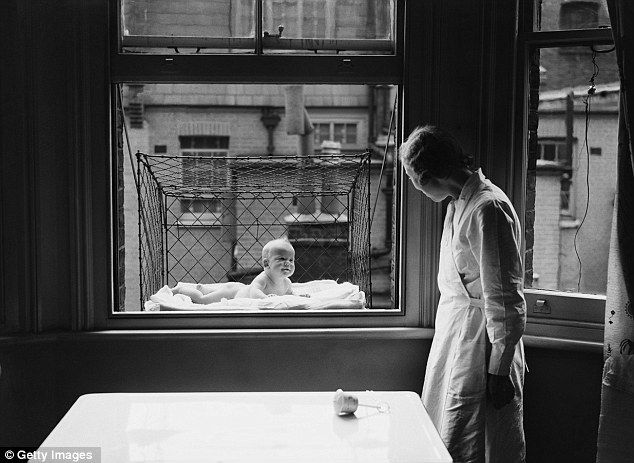
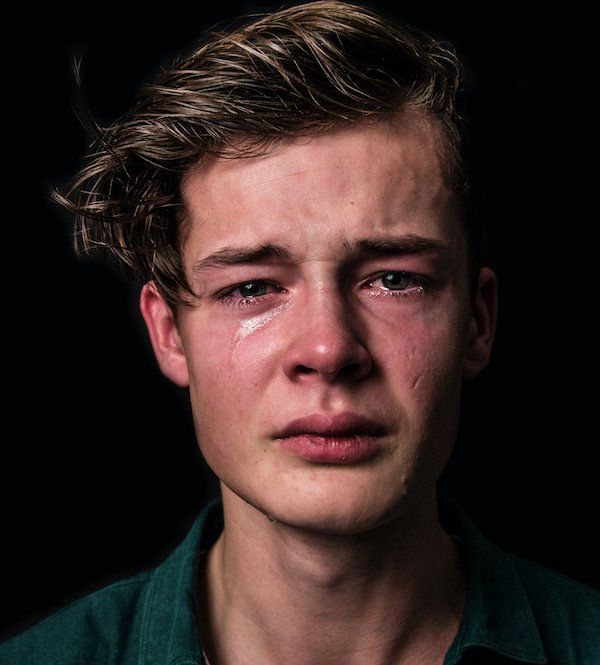

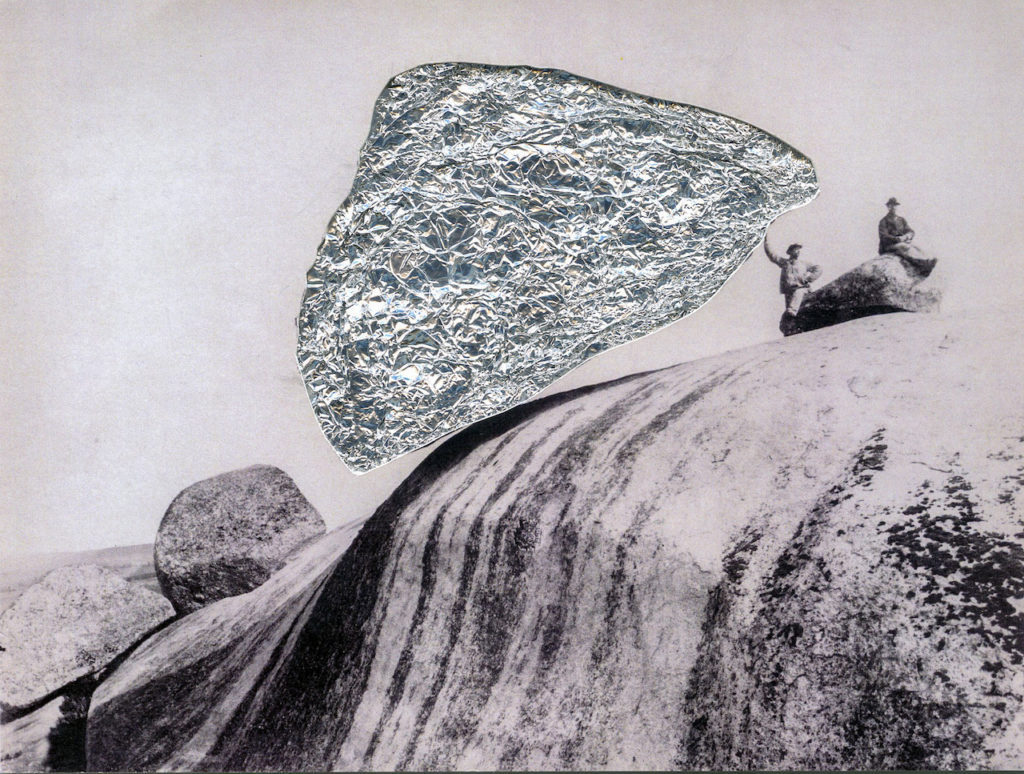
Action Plan:
Moving forward I would like to create a repose to the themes of occupation and liberation by exploring my family, more specifically my grandparents. I have decided to choose my family as I have a personal attachment to the subject and I believe I will be able to produce stronger outcomes, in a conceptual and contextual sense, as I have that bond with my subjects which allows them to be more open. With regards to looking at my grandparents I would like to look at lifestyle and how their upbringing in the 1940’s has effected their lifestyle, with specific looks at gender roles, family structure and religion. These three areas are the main influencing factors on their lifestyle, however when I look further into their past I am sure that other elements will make themselves present which I can also include in this investigation. I have decided that I would like to look through family archives to gain an understanding of their lifestyles before I was born, and conduct photoshoots which showcase their lifestyle now, allowing a comparison to be made of the past to the present.